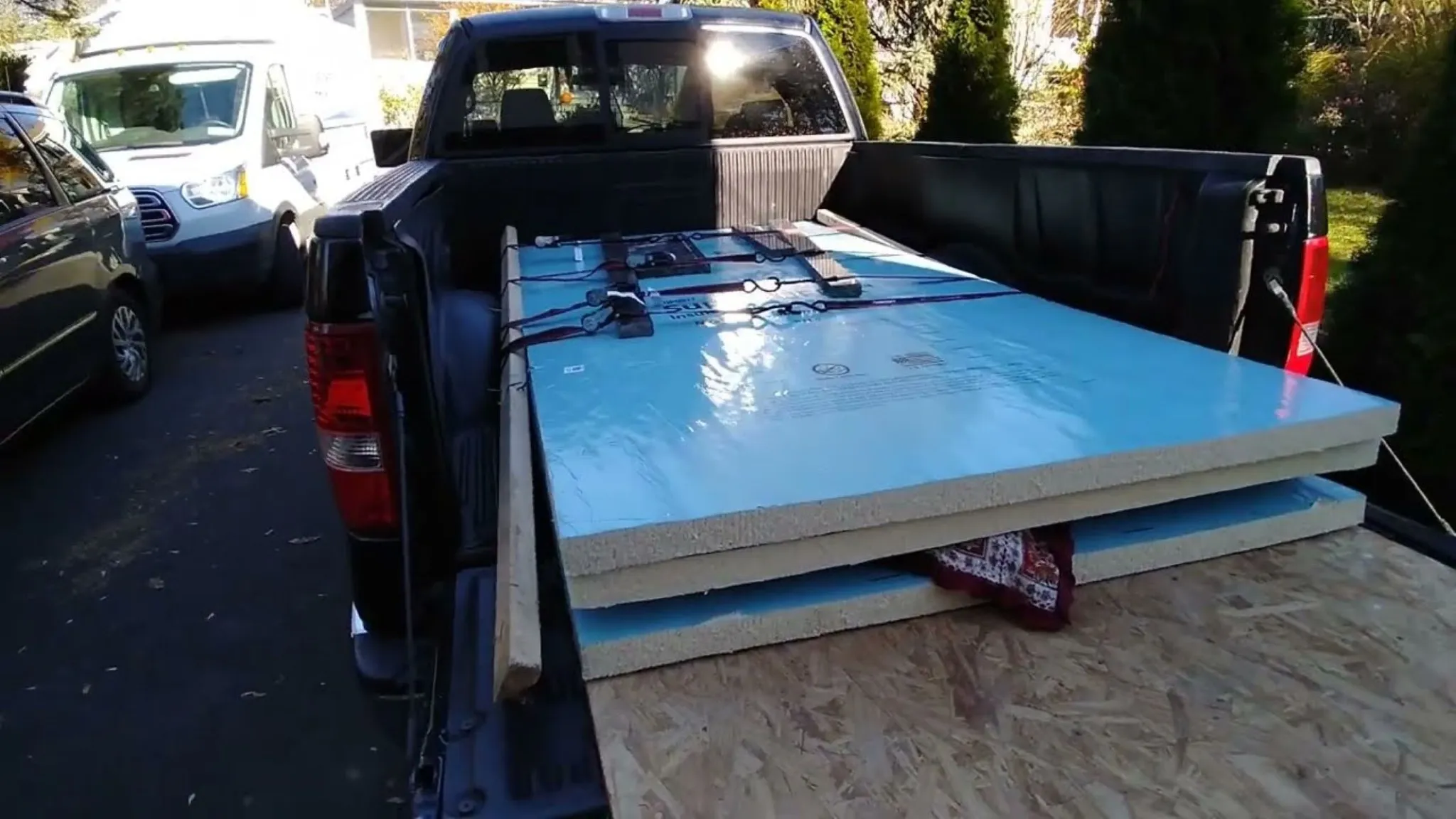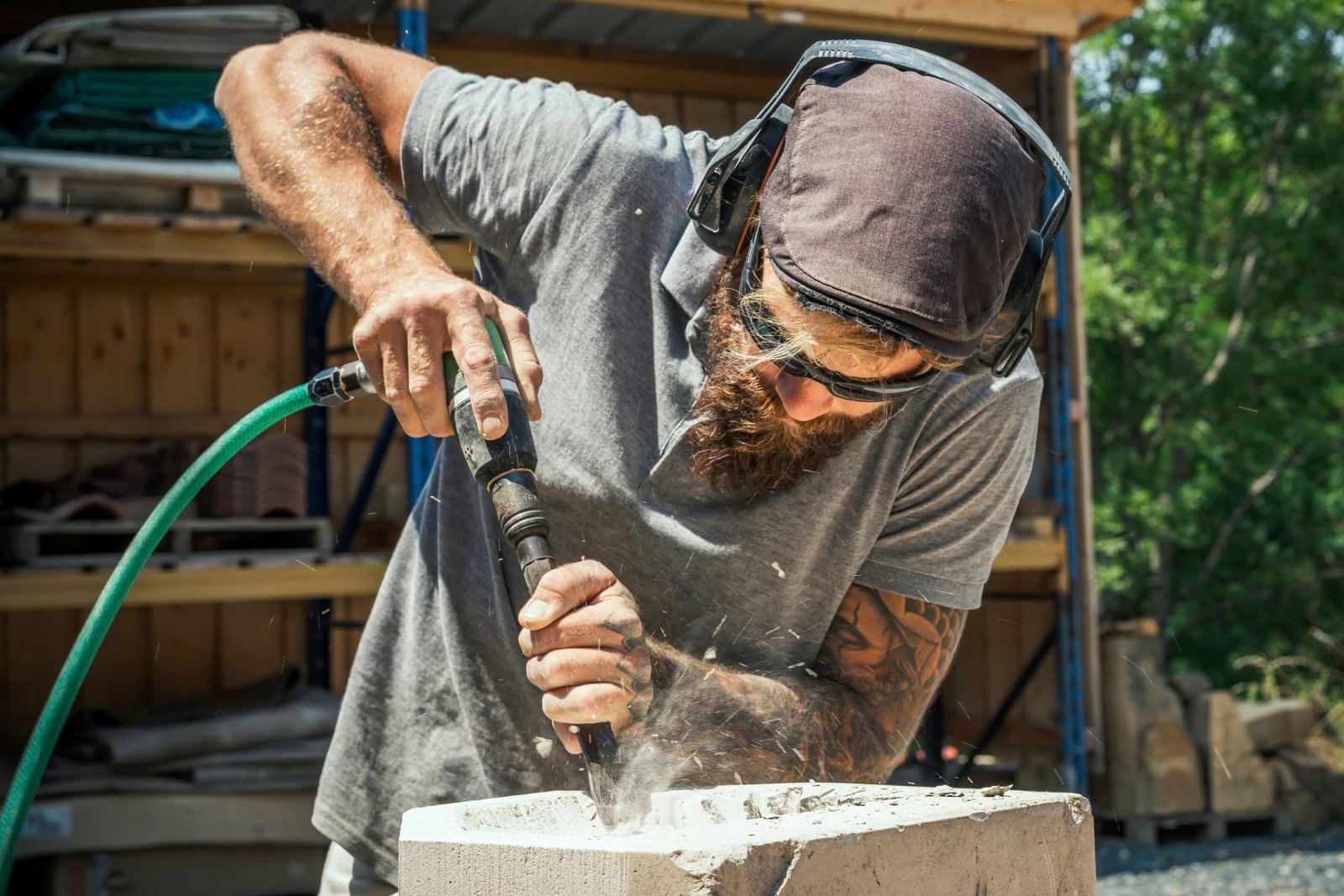
Granite countertops are an investment, prized for their durability, beauty, and timeless elegance. But when it comes to transporting these massive slabs
Granite countertops are an investment, prized for their durability, beauty, and timeless elegance. But when it comes to transporting these massive slabs, their strength can ironically become their weakness. Despite their toughness once installed, granite slabs are surprisingly brittle during handling and highly prone to cracking or chipping if not moved properly. This makes learning how to transport granite countertops without breaking absolutely essential—whether you’re a contractor, DIY renovator, or moving to a new home.
In this guide, we’ll walk you through the step-by-step process of how to safely move a granite countertop, along with tips, tools, and common pitfalls to avoid.

Why Granite Countertops Are Vulnerable During Transport
Although granite is a dense, hard natural stone, its slab form before installation is fragile, especially along edges, corners, and pre-cut areas like sink holes. These stress points can easily fracture under uneven weight or jarring movement.
Granite countertop slabs are also:
- Extremely heavy: Often weighing 15–20 pounds per square foot.
- Top-heavy: Making them prone to tipping when not upright.
- Sensitive to vibration: Which can cause invisible fissures to expand.
This is why using the right method to transport a granite countertop is vital—not just to preserve your investment but also to avoid granite countertop repair or full replacement.

Tools and Supplies Needed
Before you move a granite slab, gather the following:
- Moving blankets or foam padding
- Ratchet straps
- Wooden A-frame or slab cart
- Lifting straps or suction cup lifters
- Edge protectors
- Safety gear (gloves, steel-toe boots, back support belt)
- Moving help (you’ll need at least 2–3 people)
You can also reference:
🔗 How to Build an A-Frame to Transport Granite Countertops?
Step-by-Step: How to Transport Granite Countertops Safely
Step 1: Measure and Plan the Route
Measure all doorways, hallways, stairwells, and transport vehicle openings. Granite countertop slabs can’t bend, so if a path is too narrow, you’ll need to find an alternative.
Also, determine whether your kitchen countertop or bathroom vanity is one piece or has seams. Single slabs are riskier and heavier to move.
Step 2: Detach the Countertop Safely
If you’re moving an existing installation:
- Turn off plumbing connections.
- Remove sink, cooktop, and fixtures.
- Use a multi-tool to carefully cut any adhesive beneath the granite.
- Gently lift and separate the countertop from the cabinets.
Need help with prep? Read:
🔗 How to Level Cabinets for Granite Countertops?
Step 3: Wrap and Protect the Granite Slab
Wrap the entire surface in padded blankets, especially the corners and any cutouts. Add foam or cardboard edge protectors. Use tape or shrink wrap to hold everything in place.
Pro Tip: Never stack granite slabs flat. Always keep them upright—just like they’re stored in a showroom.
Step 4: Use an A-Frame or Slab Cart
Transport your countertop using a sturdy wooden A-frame or a stone slab dolly. An A-frame supports the slab vertically and distributes its weight evenly.
For mobility:
- Place the slab on the A-frame with padding.
- Secure it using ratchet straps.
- Avoid laying it flat, as it could crack under its own weight.
Don’t know how to build one? Learn here:
🔗 How to Build an A-Frame to Transport Granite Countertops?
Tips for Loading Granite Countertops Into a Vehicle
- Use a truck or van with a flat bed and minimal vibration.
- Place the A-frame securely against the side rails.
- Tie down the frame with multiple straps to prevent movement.
- If transporting multiple slabs, use foam separators to prevent surface damage.
- Never drive aggressively—avoid potholes, sharp turns, or sudden stops.
Tips for Carrying Granite by Hand (Short Distances)
- Use suction cup lifters or lifting straps for a better grip.
- Always carry slabs on edge, never flat.
- Have at least two strong people on each side.
- Avoid twisting or shifting while moving the slab.
Even a small tilt or torque could cause a granite slab to crack, especially near pre-cut holes or seams.
Post-Transport Inspection and Reinstallation
Once you’ve reached your destination:
- Inspect the slab for chips, fractures, or hairline cracks.
- If no damage is found, proceed to clean it before installation.
- Reinstall the countertop using a level, adhesive, and silicone caulk.
Also consider sealing the surface if the granite is porous—this protects the countertop from water stains and bacteria growth. For more care tips, check out our guides on granite countertop maintenance and granite countertop cleaning.
Granite Countertop Design & Color Considerations
Some granite countertop colors with heavy veining or lighter hues are more prone to visible surface damage if chipped. Always take extra care when moving exotic patterns or rare stones.
Also, ensure that the granite countertop design you choose suits your new layout—especially if moving to a different kitchen or bathroom setup.
Granite Countertop Prices and Moving Costs
Moving granite yourself can save money, but it’s risky. Consider professional movers if:
- Your countertop has a sink cutout or custom edge finish.
- Your slab exceeds 8 feet in length.
- You’re unsure how to safely move heavy objects.
While DIY may cost under $100 in materials (for padding, straps, etc.), replacing a broken granite slab can cost hundreds to thousands of dollars depending on the stone type.
Also, if you’re not sure of the material, review this:
🔗 What Is a Granite Countertop?
Final Thoughts
Learning how to transport granite countertops without breaking is a skill that protects your investment and saves you from frustration and expense. Whether you’re working with a small bathroom granite slab or a full-size kitchen countertop, careful planning, the right tools, and teamwork will make the difference.
Avoid shortcuts. A single mishap can crack your slab or result in costly granite countertop repair. Take the time to follow the steps, use protective materials, and transport your granite safely and efficiently.
📌 Useful Reads:

